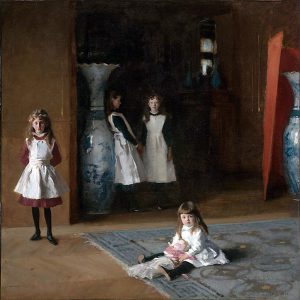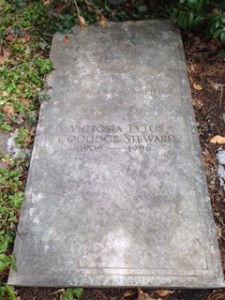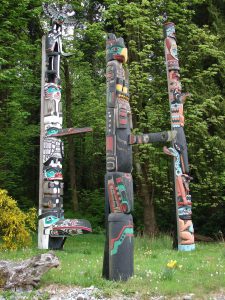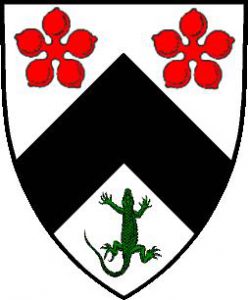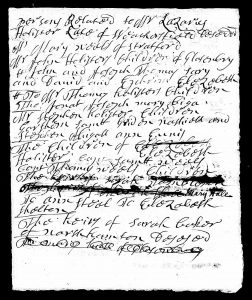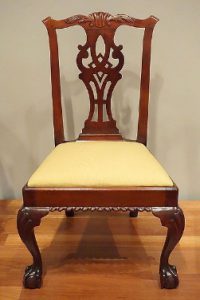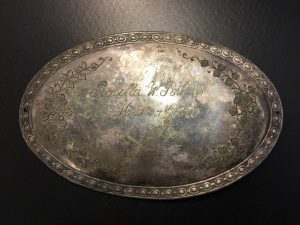
I was recently enlisted to help my boyfriend clean out his mother’s basement; while not the most exciting of tasks, it actually led to an interesting historical discovery. Throughout this process we came across the usual repertoire of items that eventually made their way into a long-term storage area: unused kitchen appliances, tools and craft supplies, as well as old toys and keepsakes. However, in moving things around, one object in particular caught my attention. It was a large framed photo of a building. Continue reading A Boston blueprint
